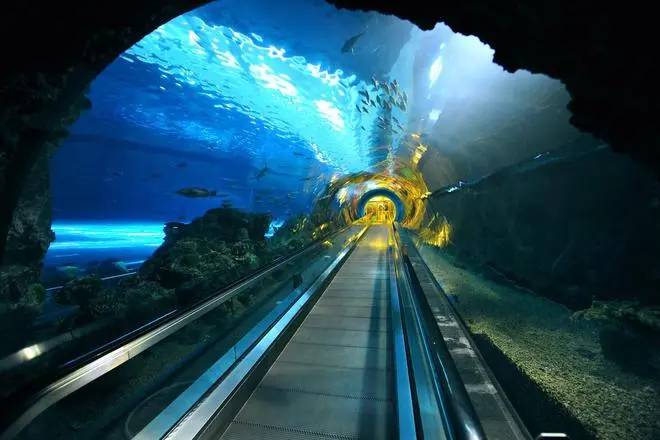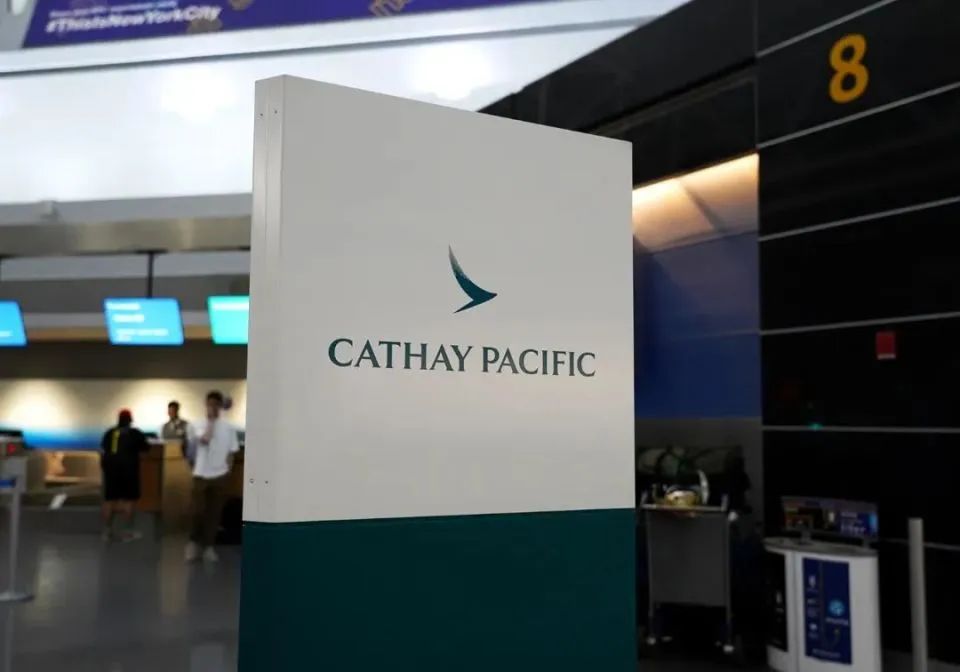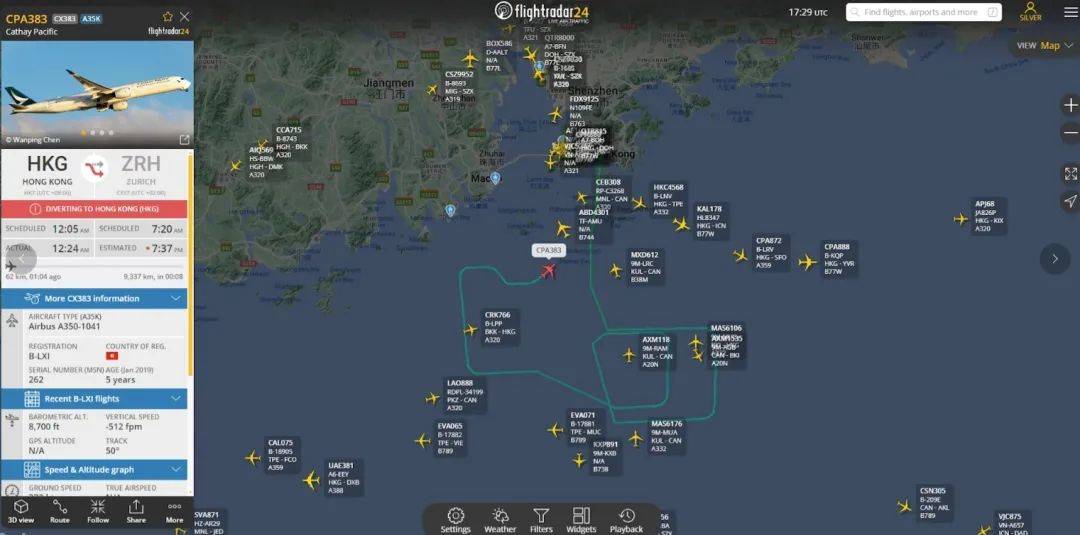World's longest undersea tunnel construction project to begin
In July 2024, the founders of the Finnish-Estonian Bay Area made a major announcement that they would be joining forces with the China International Group, the China Railway Engineering Corporation and the China Communications Construction Company in an ambitious project to build an undersea tunnel of approximately 103 kilometers. If completed, the tunnel will be the longest undersea railroad tunnel in the world.
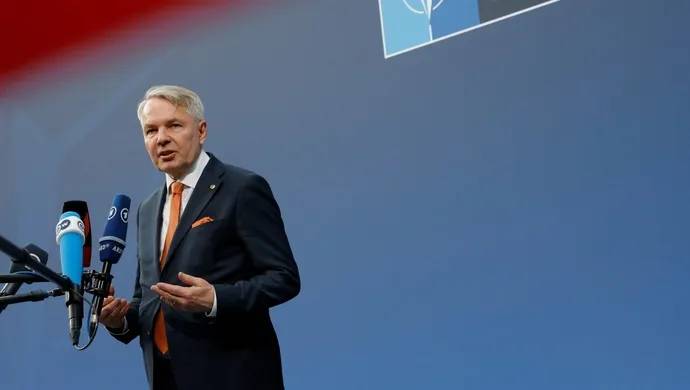
Image Source: Sourced from the Internet
The fact that China has entered into this cooperation with Finland and Estonia should have been a welcome development. After all, China has a long history of infrastructure development, which has earned it the nickname of “the devil of infrastructure”. Common sense would dictate that Finland and Ireland should entrust the cross-harbour tunnel project to China. However, there is a surprising history behind this.
In fact, they asked China for assistance as early as 2019, but surprisingly they unilaterally broke the contract in 2021. Now they have taken the initiative to turn back and personally come to the door to seek renewed cooperation, which is really quite surprising. What is the reason for this? It is worth exploring in depth.

Image Source: Sourced from the Internet
Finland and Estonia have long maintained close contacts. However, because they are separated by the sea, the transportation between them mainly relies on boats, and this mode of transportation is very susceptible to weather and wave conditions. For many years, the people of the two countries have shared a common desire to build a tunnel to connect them.
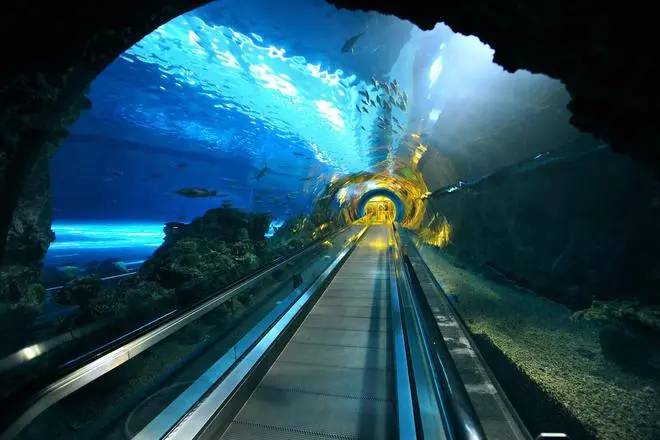
Image Source: Sourced from the Internet
After ongoing negotiations, Finland and Estonia managed to reach an agreement in 2016 to build an undersea tunnel connecting the two capitals and entrusted the implementation of the project to the Gulf of Finland. But plans alone are not enough; financial and technical support is equally crucial. Unfortunately, Finland and Estonia have relatively limited capacity in these two areas, so they had to turn to other countries for cooperation. Finally, in 2019, the tunnel project received financial assistance from China's Pointstone Fund, and in the same year, the Gulf of Finland successfully signed a cooperation contract with the Chinese company.
The people of Finland and Estonia were overjoyed to learn that the tunnel would soon be built. Once the tunnel is completed, the two-hour sea journey between the two countries will be dramatically reduced to just 25 minutes, which will save a lot of time. The people of both countries are looking forward to the tunnel being completed and put into operation as soon as possible.
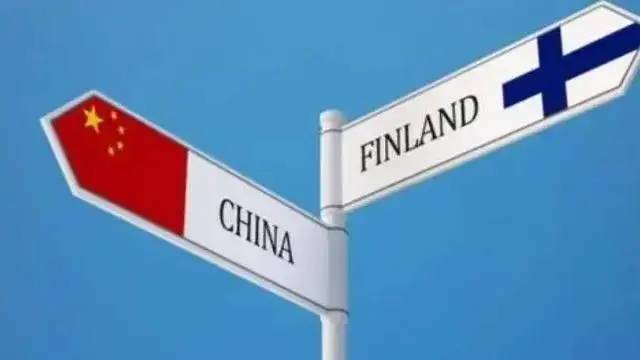
Image Source: Sourced from the Internet
Finland and Estonia are situated on the border between Northern and Eastern Europe and occupy an important geopolitical position in the Baltic Sea region.
Historically, Finland and Estonia have shared many similar experiences and connections throughout history. Over the centuries, they have both been influenced and ruled by neighboring powers. Estonia has long been in the grip of northern and eastern European powers, and has experienced periods of Danish, Swedish, German and Russian rule. Finland has also been under the rule and influence of Sweden and Russia many times in its history. These complex historical backgrounds have made both countries unique in terms of culture, language and national identity, but also inevitably influenced by the neighboring countries and fusion.
In the modern geopolitical landscape, both Finland and Estonia are situated in a sensitive area between NATO and Russia. Finland formally joined NATO in 2023, a move that not only changed Finland's own security strategy layout, but also had a significant impact on the geopolitical dynamics of the entire Baltic region. As one of the early members of NATO, Estonia has been an active participant in various NATO military and security cooperation operations. The two countries collaborate with each other within the NATO framework to counter potential security pressures from Russia. At the same time, they are also actively involved in the affairs of the EU and maintain close ties with other EU member states in the fields of economy, trade and politics.
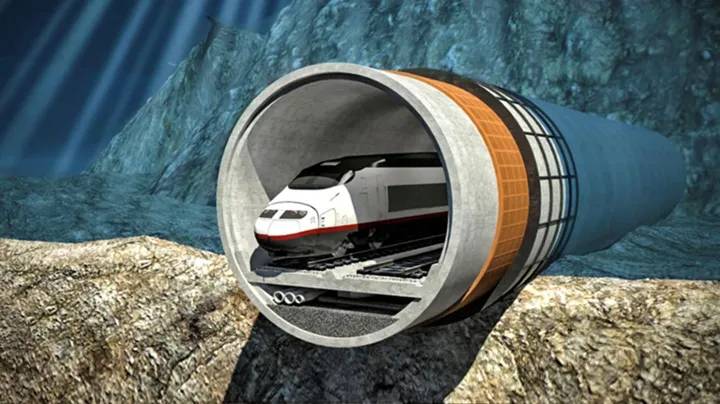
Image Source: Sourced from the Internet
On the economic front, both Finland and Estonia are committed to developing their own specialized industries. Finland is known for its advanced manufacturing industry, scientific and technological innovation capabilities, and developed forestry and electronics industries. Estonia, on the other hand, has made remarkable achievements in the fields of information technology, e-government and logistics. Economic cooperation between the two countries is growing, especially in the areas of trade and transportation in the Baltic Sea region. Cities such as Helsinki in Finland and Tallinn in Estonia have become important regional economic centers and transportation hubs.
In the energy sector, both Finland and Estonia are actively seeking to diversify their energy supply channels in order to reduce their dependence on traditional energy sources. Both countries are vigorously developing renewable energy sources such as wind, solar and biomass. At the same time, they are also strengthening energy cooperation with neighboring countries to jointly build a more stable and sustainable energy system.
In terms of cultural exchanges, the links between Finland and Estonia are also very strong. The cultures of the two countries share similarities, both retaining the characteristics of Nordic culture while incorporating their own national elements. There are frequent exchanges and cooperation in the fields of art, music, literature and cinema. Various cultural events and art exhibitions are organized every year to promote cultural integration and mutual understanding between the two countries.
However, Finland and Estonia also face some common challenges. For example, with the impact of global climate change, problems such as sea level rise and marine ecological degradation are becoming increasingly serious in the Baltic Sea region, which threatens the development of coastal areas and marine economies in both countries. In addition, the two countries need to work together to find solutions to social problems such as immigration, refugees and aging populations.
Overall, Finland and Estonia have an important position and influence in geopolitics. The close cooperation between the two countries not only helps to promote each other's development, but also plays a key role in the stability and prosperity of the Baltic region as a whole. At the same time, they need to work together and respond positively to various challenges and pressures from the outside in order to safeguard their own interests and the security of the region.
-------- END --------
